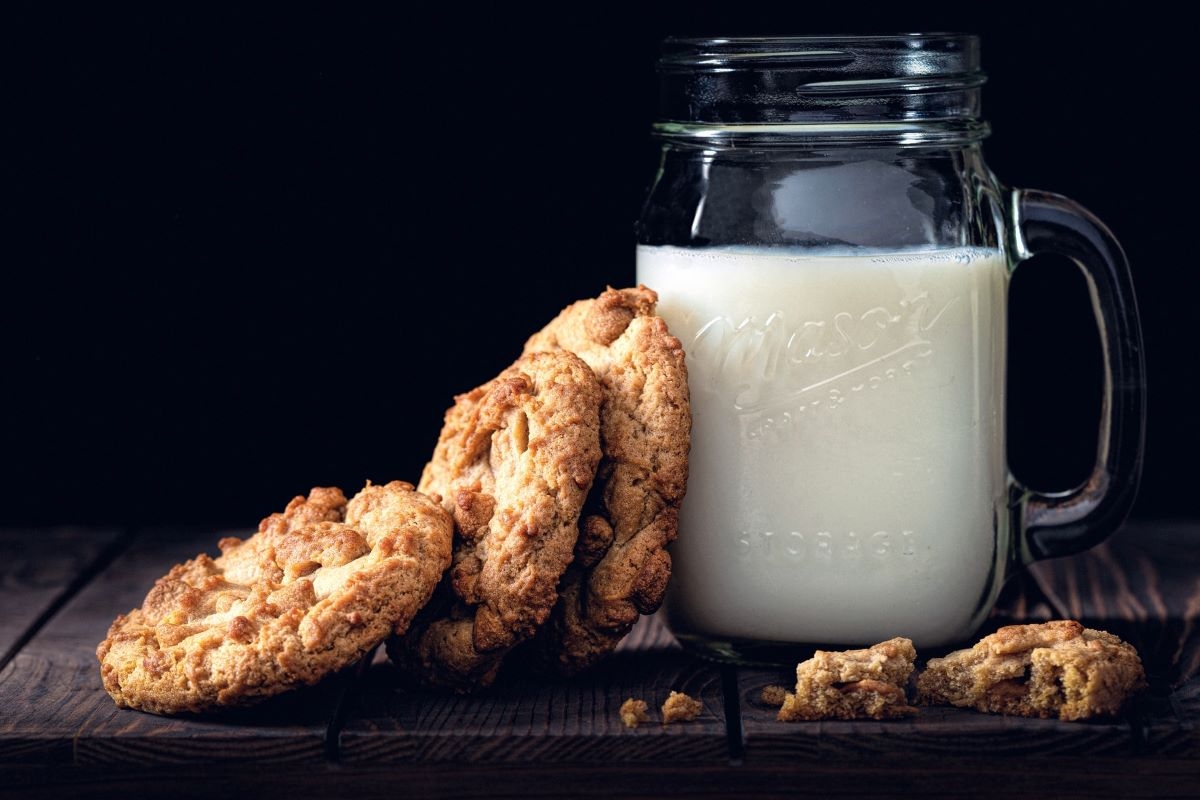
Cow-free milk — favourite non-dairy alternatives
This week saw World Dairy day look at the value of dairy in our daily lives and health. For those of you that are lactose intolerant or are just looking for other options, then this article is for you. When looking at the world around us, we are some of the only mammals that continue to drink milk throughout our lives. Why is this? The catchphrase “Got Milk” has been very good at ensuring that people view milk as an important source of protein and calcium.
However, this week we will look at a brief history of milk and discuss the other options available, such as almond milk, coconut and soy milk. We will look at their nutritional value as well as the various ways that you can incorporate them into your diet, depending on your lifestyle and health objectives.
Why is that we drink milk?
If we stop to think about it for a minute, we are drinking a liquid produced by a cow which is meant for her calf. To some cultures, like those in South America, eating vast quantities of dairy products is quite a strange concept. Having lived in Brazil, I can confirm that they do not have an affinity to dairy products, and this can be seen through the lack of dairy products in the grocery stores. Now, there are various schools of thought as to why we started drinking milk 8000 thousand years ago, some think that it provided our ancestors with a source of protein when food was scarce, others believe that by drinking the milk from the cows, this helped to provide us with antibodies against diseases such as anthrax and cryptosporidiosis which are often carried by animals which can be fatal for us.
Another reason to look for an alternative to dairy is lactose intolerance. There are two schools of thought regarding lactose intolerance, some think that we stop producing lactase (the enzyme needed to digest lactose) once we are weaned as babies, others think that we have evolved to become lactase persistence, meaning some individuals will make lactase throughout their life. For those individuals that are lactose intolerant, the lactose remains in the gut, ferments, and feeds the bad bacteria which often results in these individuals feeling bloated, gassy and may have some abdominal pain even diarrhea. Many people do not realize they are lactose intolerant until they eliminate dairy and realize that they feel much better. So, what alternatives do they have?
Almond milk is the first alternative that we will look at as an option to traditional milk. Although almond milk does not contain the same protein content as normal milk, it is an extremely good source of in magnesium and vitamin E, which helps to protect our cells from damage. For those that are looking to reduce their calories intake, almond milk is ideal as it is lower than traditional milk. Due to low carbohydrate content, almond milk can be a good alternative for those with type two diabetes as it will not create a spike in sugar levels. You can easily make almond milk at home, by soaking a cup of almonds for about eight hours, removing the skins, thoroughly rinsing them, and then blending the almonds with four cups of water. You can then store the milk in the refrigerator for a few days.
Coconut milk is the second alternative we will look at this week. Coconut milk can be bought either canned or in a carton, the difference being that the canned one has a much higher fat content compared to the carton coconut milk, which has been diluted with more water. I tend to use the canned coconut milk for baking or cooking such as this coconut ginger pan-fried pork chop recipe as it is a good alternative for making sauces, think of Thai cooking where coconut milk is a staple. However, for making smoothies or with cereals I use the carton coconut milk. It is important as with any packaged food to check out the sugar content and look at the ingredient list for any hidden sugars such as maltose or sucrose. Nutritionally speaking the canned coconut milk has saturated fat, it can be used for people doing the ketogenic diet. It is also thought that coconut milk can help to support the immune system due to its high content of lauric acid which is believed to have anti-inflammatory and anti-fungal properties. There have also been studies which suggest that the MCT’s in coconut milk can help to reduce body weight, as they help to increase thermogenesis (heat production). However, the fermentable carbohydrates in coconut milk may cause stomach cramps and bloating for those individuals with IBS.
The third alternative that we will discuss today is soy milk. For an option nutritionally comparable to dairy with regards to protein and vitamin content, then soy milk is for you. Soy milk is also a good source of potassium which is necessary to maintain fluid balance in the body and essential for nerve regulation and muscle contraction, it also has lower fat content than dairy. Soy milk contains phytonutrients which have anti-inflammatory properties as well as being cholesterol free it is a good source of healthy fats. It can also be used for making smoothies or on cereals, however, I have not personally cooked with soy milk, so you may want to check out the quantities required to maintain the same consistency of whatever you are baking or cooking.
Whichever alternative you chose, make sure to always check the ingredients for hidden sugars and gum which is an artificial thicken, where possible choose an organic option as this will reduce the toxic load on your body.
Send your nutrition questions to susan@susanalsembach.com
Header photo: Photo by Brian Suman, Unsplash









